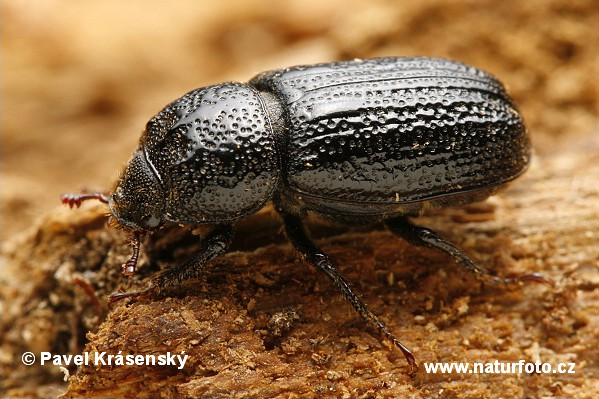
Colors of all sorts, combinations and hues are found in their hard, armorlike front wings - their shells. Beetle wings are delicate and probably would be damaged if they were not protected by the covers. Most beetles don’t use their wings much: often just to make quick escapes like flying chickens. They ingeniously fold inside wing covers and spring open when the wing coves are opened. The front pair form a thick, hard, shiny, protective shells that opens when the beetle wants to fly. The scientific name for the order to which beetles belong, “ Coleoptera”, means "sheathe wing." All beetles have four wings. In some cases groups of beetles that eat flowering plants are 1,000 times more diverse than beetles that eat other kinds of plants. Many beetles eat flowering plants and their diversity is related to the diversity of flowering plants. The number of beetle species increased dramatically when flowering plants became the dominate form of vegetation on earth. As they evolved one set of wings developed into a hard shell that gave the insects protection from predators. One tree in Peru yielded 650 beetle species.Īncestors of beetles had two sets of wings like dragonflies. Thus far abut 350,000 species of beetle have been described in the scientific literature but the true number of beetle species may be in the millions. Some live in ground, some lives live in trees and some live in the water. Haldane was asked by a group of theologians about what he thought about God as creator, he replied that God had "an inordinate fondness for beetles." The name "beetle" comes from the Anglo-Saxon word for "to bite." īeetles are found almost everywhere in the world.

It is estimated that one out of very four animal species on earth is a beetle. Japanese stag beetle Beetles are the most plentiful family of animals known.


 0 kommentar(er)
0 kommentar(er)
